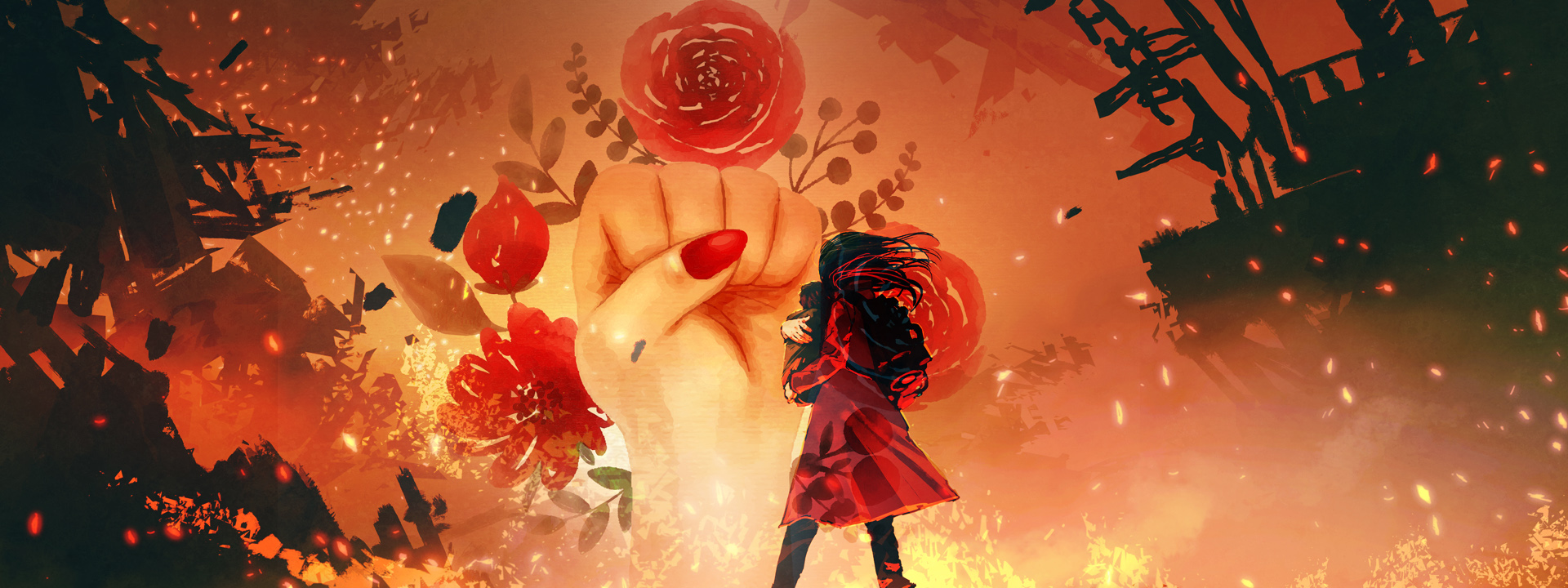We see them now as the tragedy continues to unfold in Ukraine: the women holding children close and saying goodbye to husbands, fathers, and brothers; the women helping heal the wounded; the women armed and ready to protect their country; the women feeding their families; the women doing whatever they can so that, as Ukraine’s First Lady recently said, “life lasts and wins.” Yet we have seen these scenes before. We have seen them far too often, over and over again, across continents, across seas.
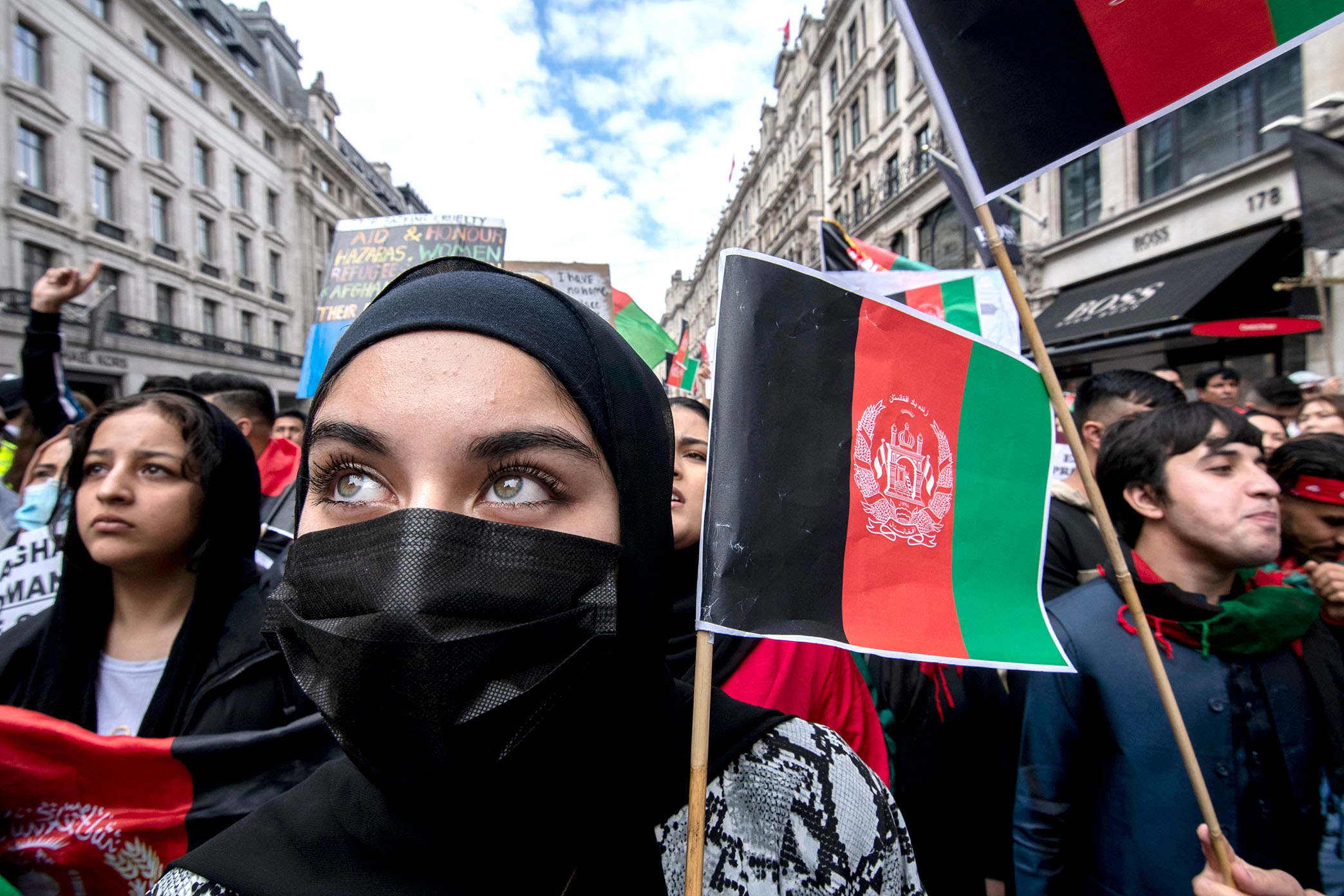
These Afghan women stage a rally in London on behalf of their sisters back home to demand democracy and reject Taliban rule.
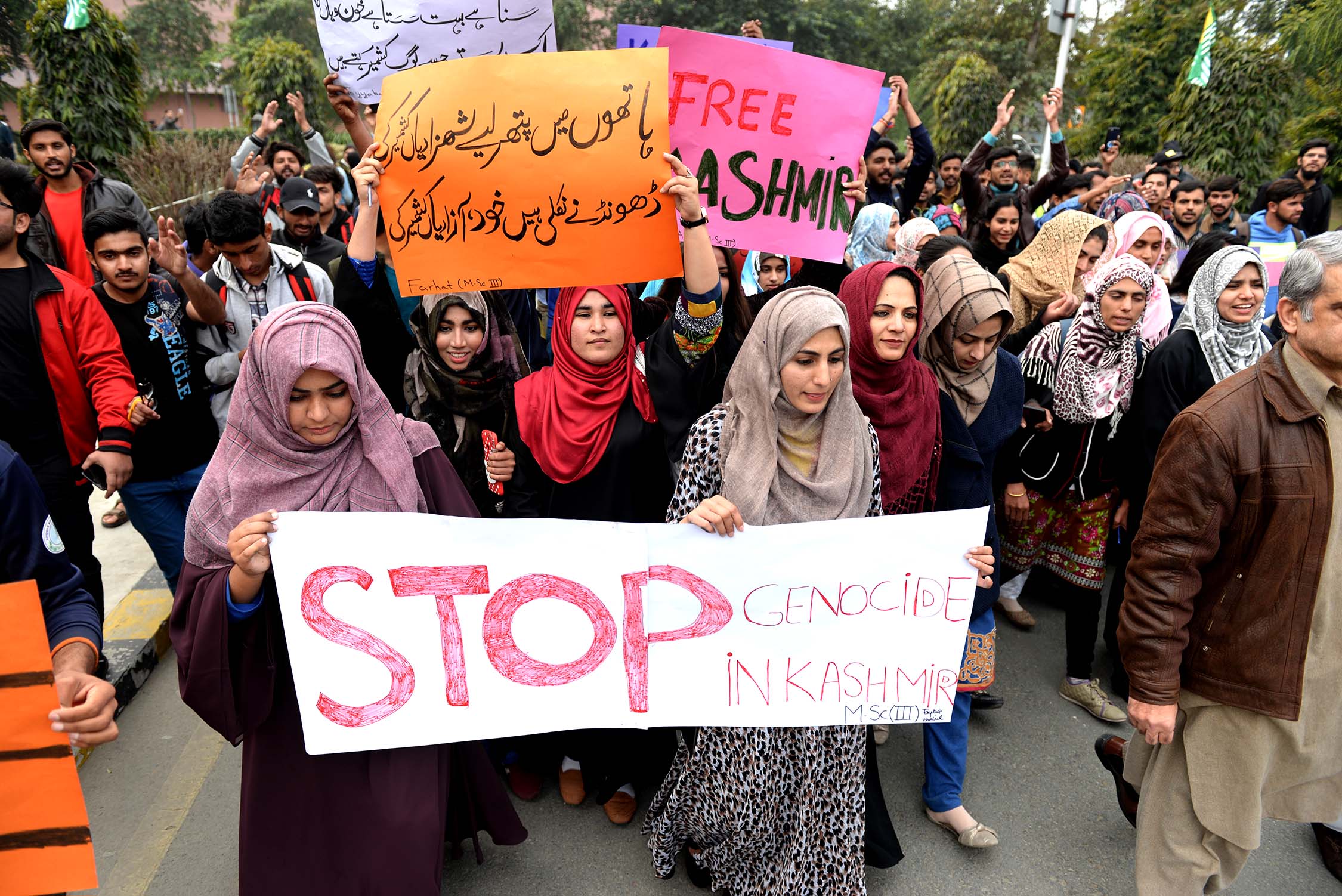
Pakistani students protest to show solidarity with Indian-Kashmiris persecuted by the Indian government even as many women in their country face their own struggles amid a territorial conflict with India.
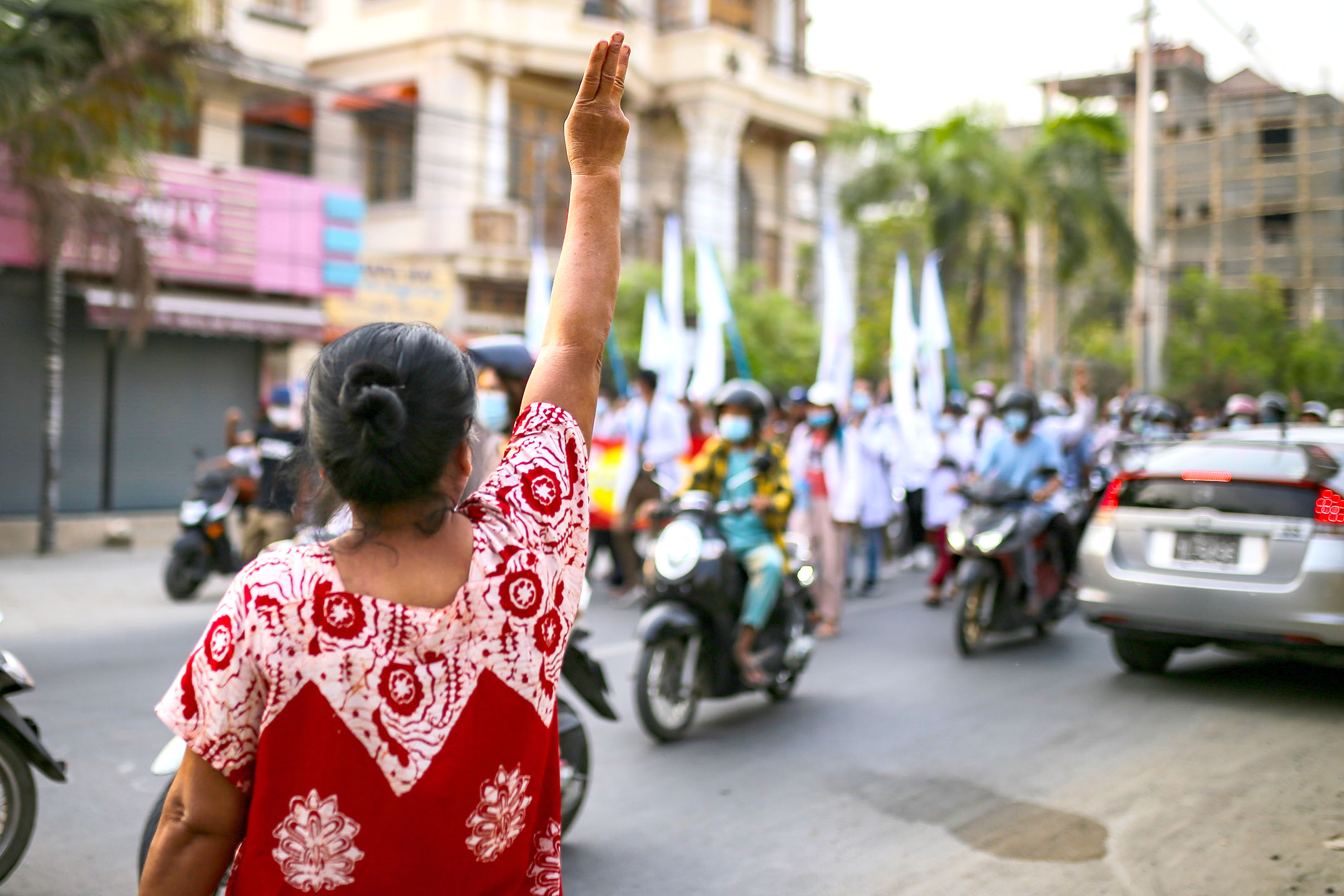
A woman in Mandalay displays Myanmar’s symbol of protest, the three-fingered salute, in defiance of the military junta.
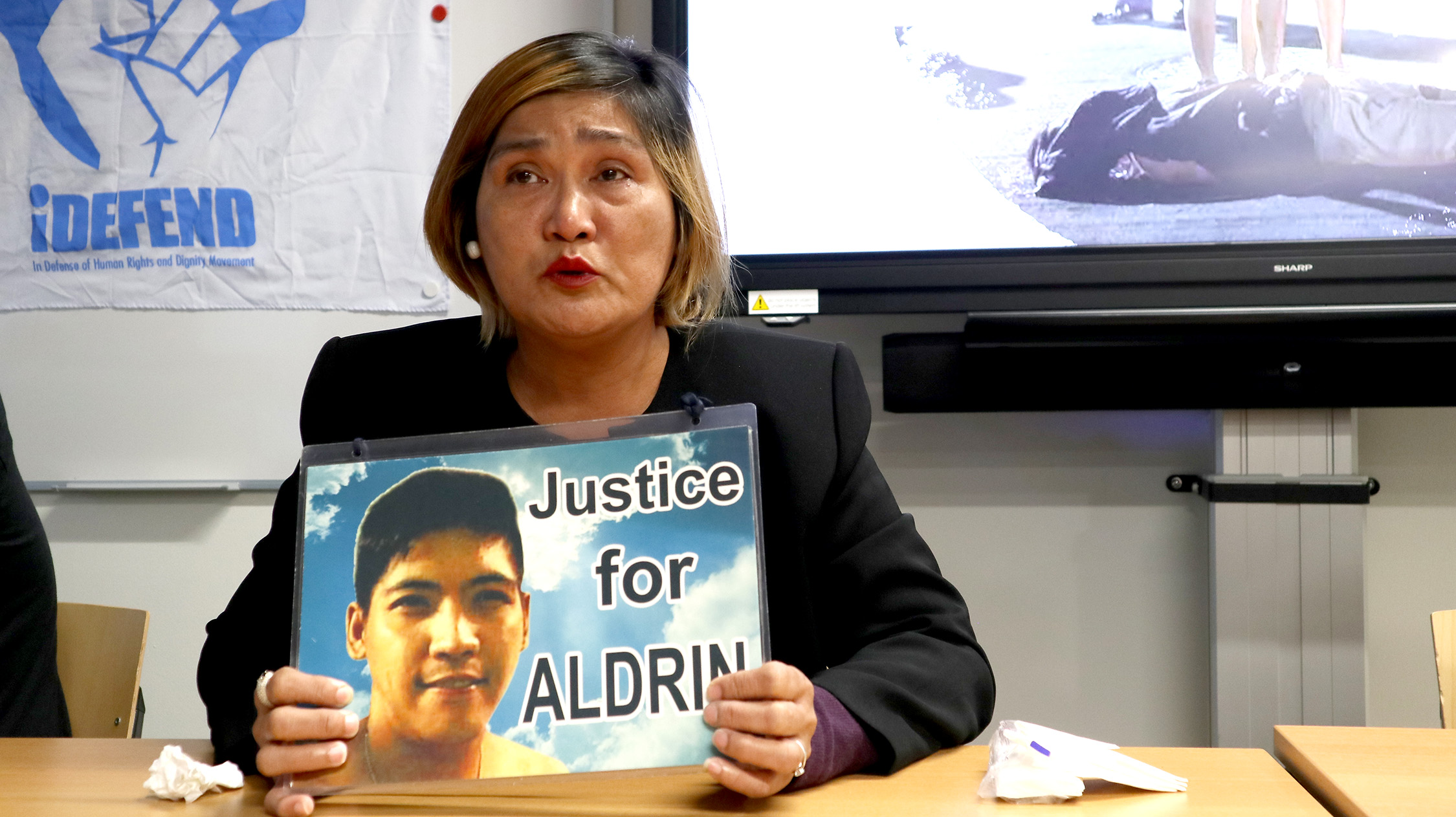
Nanette Castillo of the Philippines talks to an audience in The Hague about how her son, Aldrin, was a victim of President Rodrigo Duterte’s “war against drugs”. Castillo is one of many women who lost their children to these extrajudicial killings.
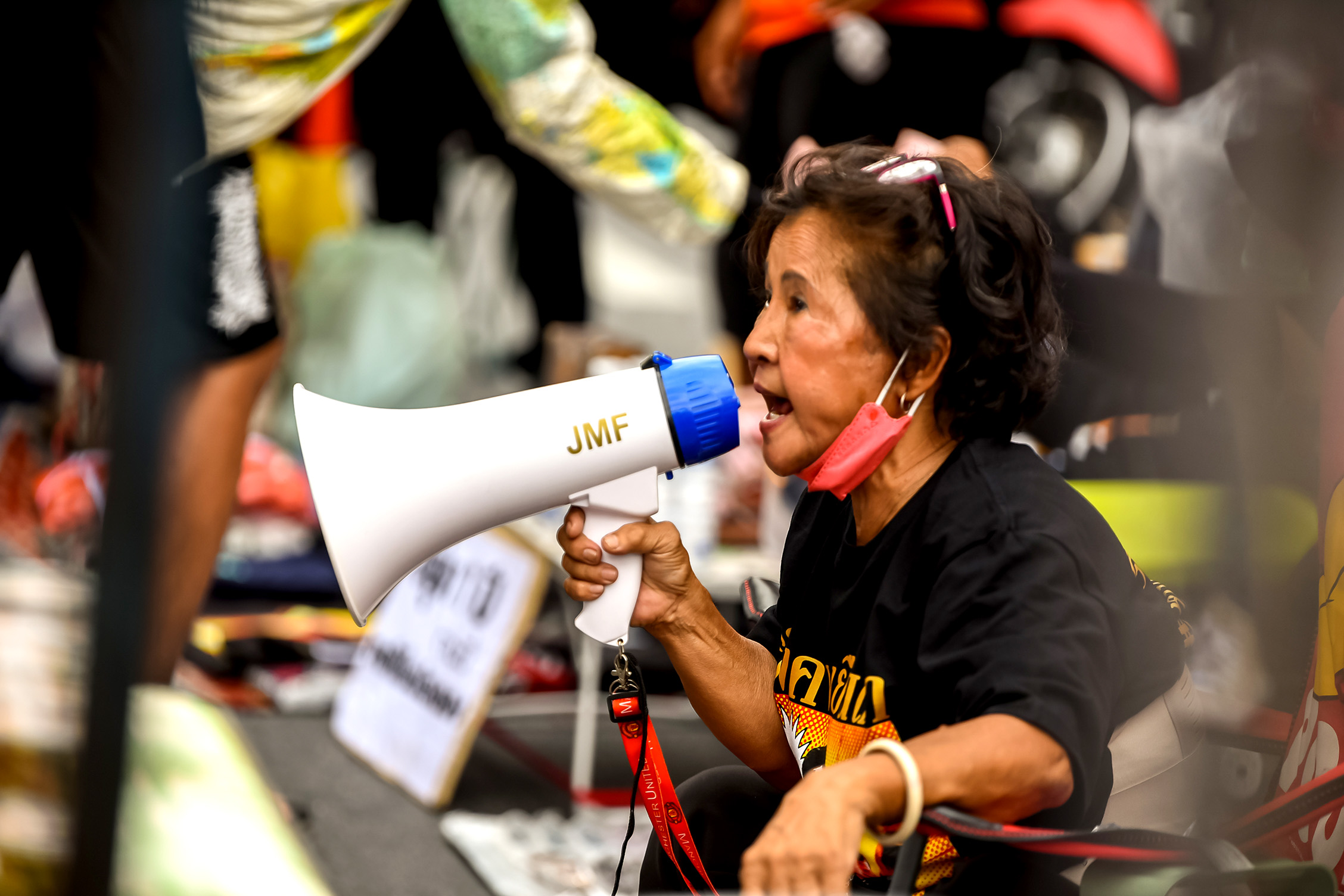
On top of other gender-based issues that Thai women have had to face, they now also have to deal with an easily-offended royalty and authorities eager to weaponize the law against its citizens.
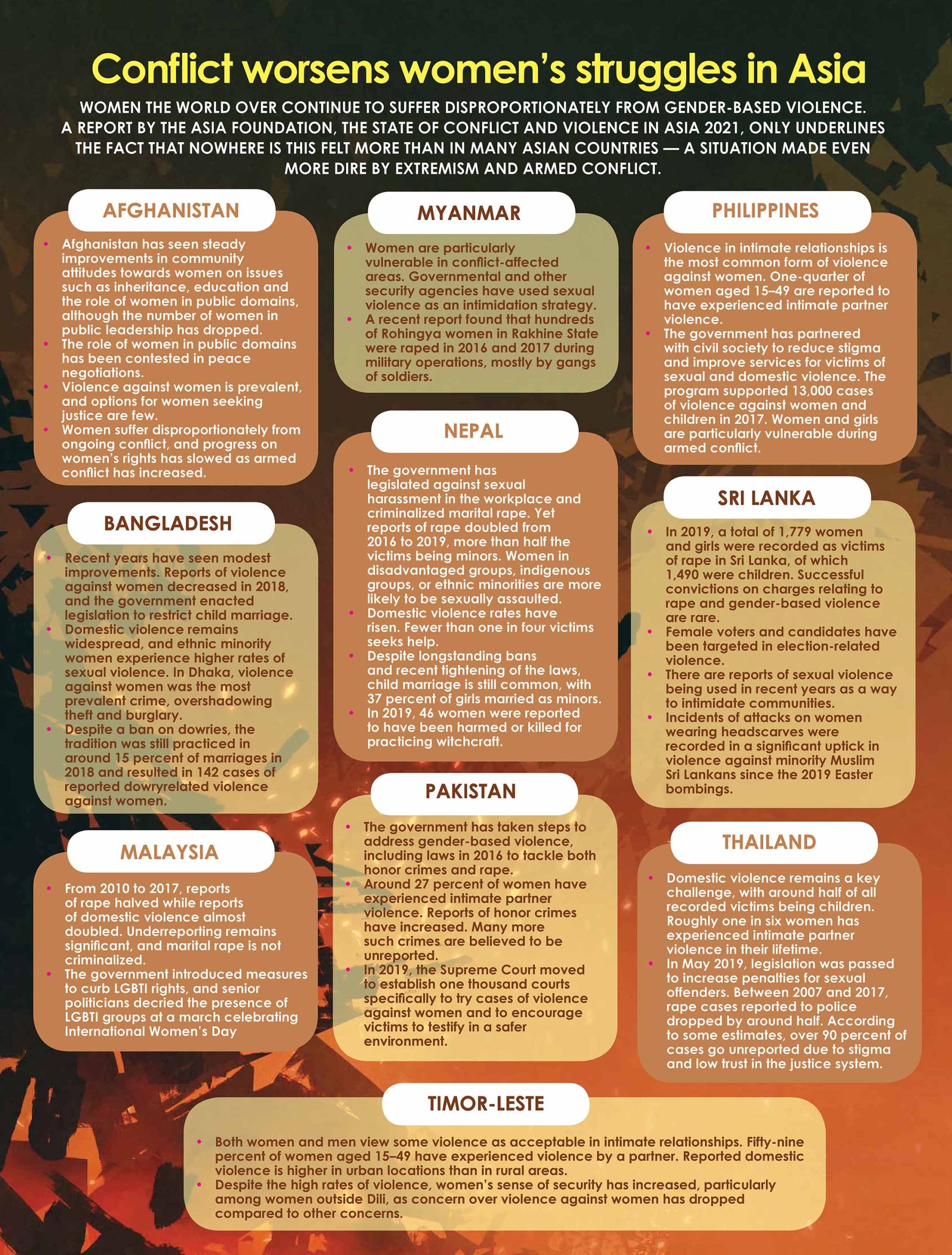
Source: The Asia Foundation
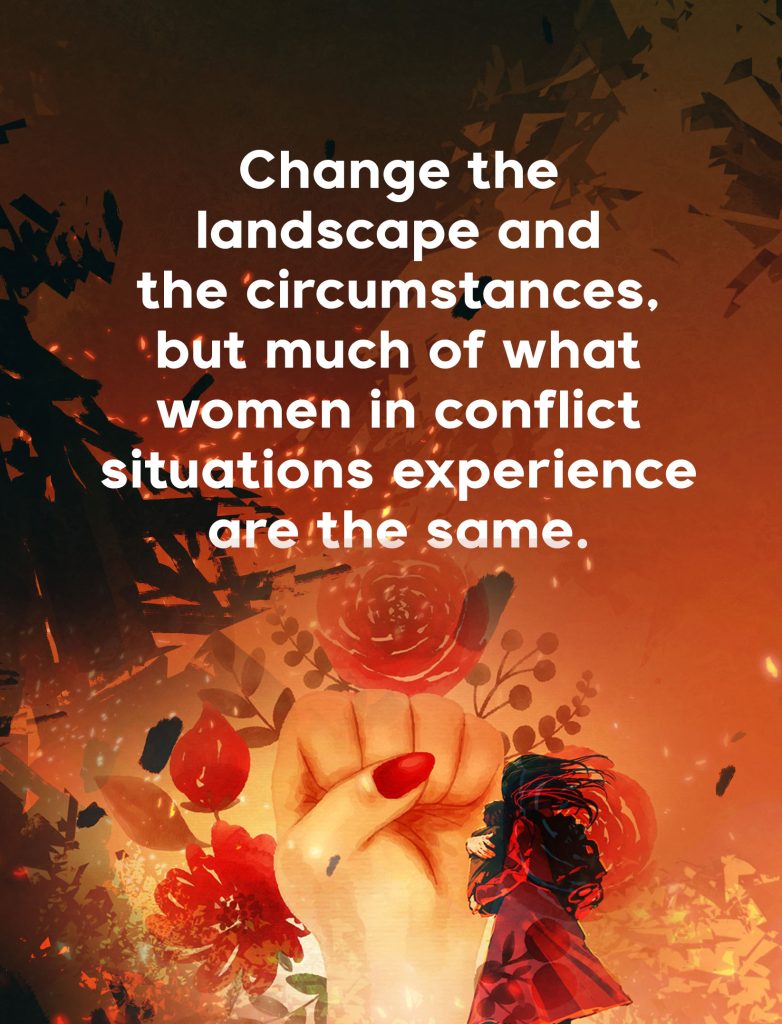 Change the landscape and the circumstances, but much of what women in conflict situations experience are the same. From Afghanistan to Indian-held Kashmir, to Myanmar to Palestine to Syria to Yemen, women bear a lot of the consequences of events they did not have a hand in bringing about, because most of the time they had been shut out of the decision-making. Because many of them had been denied an education, and a lot more denied to have a voice. Among them, too, are those who had been denied an identity altogether.
Change the landscape and the circumstances, but much of what women in conflict situations experience are the same. From Afghanistan to Indian-held Kashmir, to Myanmar to Palestine to Syria to Yemen, women bear a lot of the consequences of events they did not have a hand in bringing about, because most of the time they had been shut out of the decision-making. Because many of them had been denied an education, and a lot more denied to have a voice. Among them, too, are those who had been denied an identity altogether.
In war and strife zones, women carry on as best as they can while holding on tight to a child’s hand or having an arm around the shoulders of a shivering neighbor. They seek to assuage the suffering of others even though they themselves are at great risk of running into brutes who see their bodies as part and parcel of the territory that must be conquered and controlled.
As they manage to power through the madness that is war and successfully play the multiple roles each of them is encumbered with, it is easy to forget that women have bodies that need protection from assault and torture, from illness and starvation; souls to nurture and shield against humiliation and dishonor; minds that need moments of peace; and hearts that have to be kept hopeful.
It is easy as well to dismiss them only as passive, vulnerable victims in a situation that supposedly calls for the participation only of the mighty. But even the women who are not in active combat are fighters, equipped with a remarkable capacity to put up mental, emotional, and spiritual resistance, to adapt and bring forth solutions that can contribute to survival, sustainability, and peace. ●
Faryal Shahzad is a freelance journalist, an entrepreneur, and an academician.










